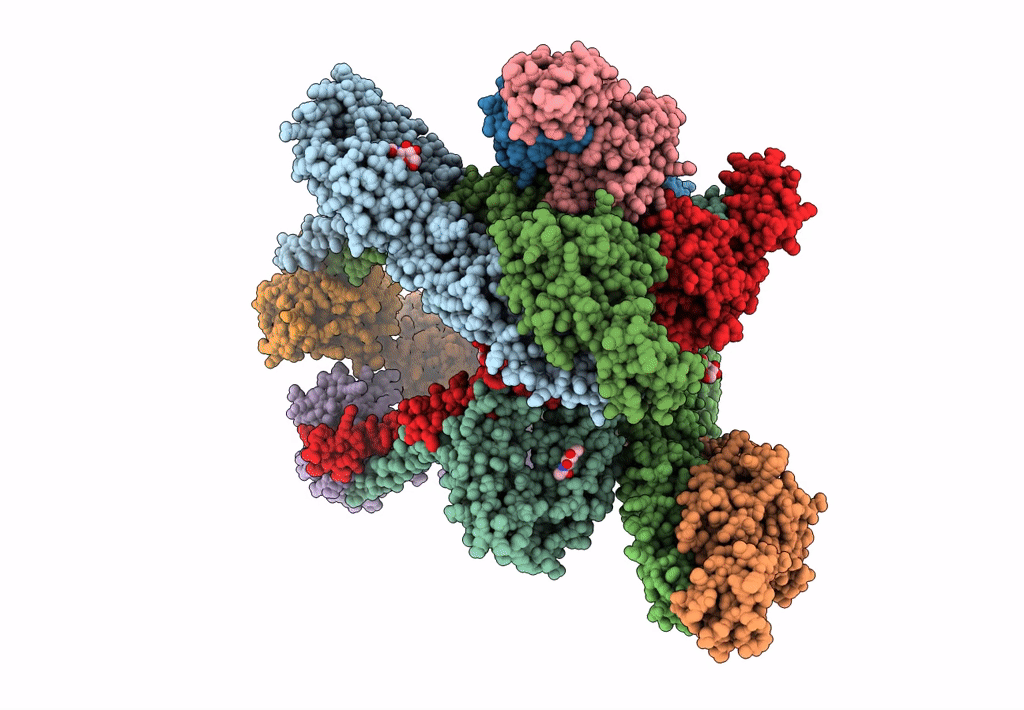
Deposition Date
2021-05-27
Release Date
2021-10-13
Last Version Date
2025-05-28
Entry Detail
PDB ID:
7N1I
Keywords:
Title:
CryoEM structure of Venezuelan equine encephalitis virus VLP
Biological Source:
Source Organism:
Venezuelan equine encephalitis virus (Taxon ID: 11036)
Host Organism:
Method Details:
Experimental Method:
Resolution:
4.20 Å
Aggregation State:
PARTICLE
Reconstruction Method:
SINGLE PARTICLE


